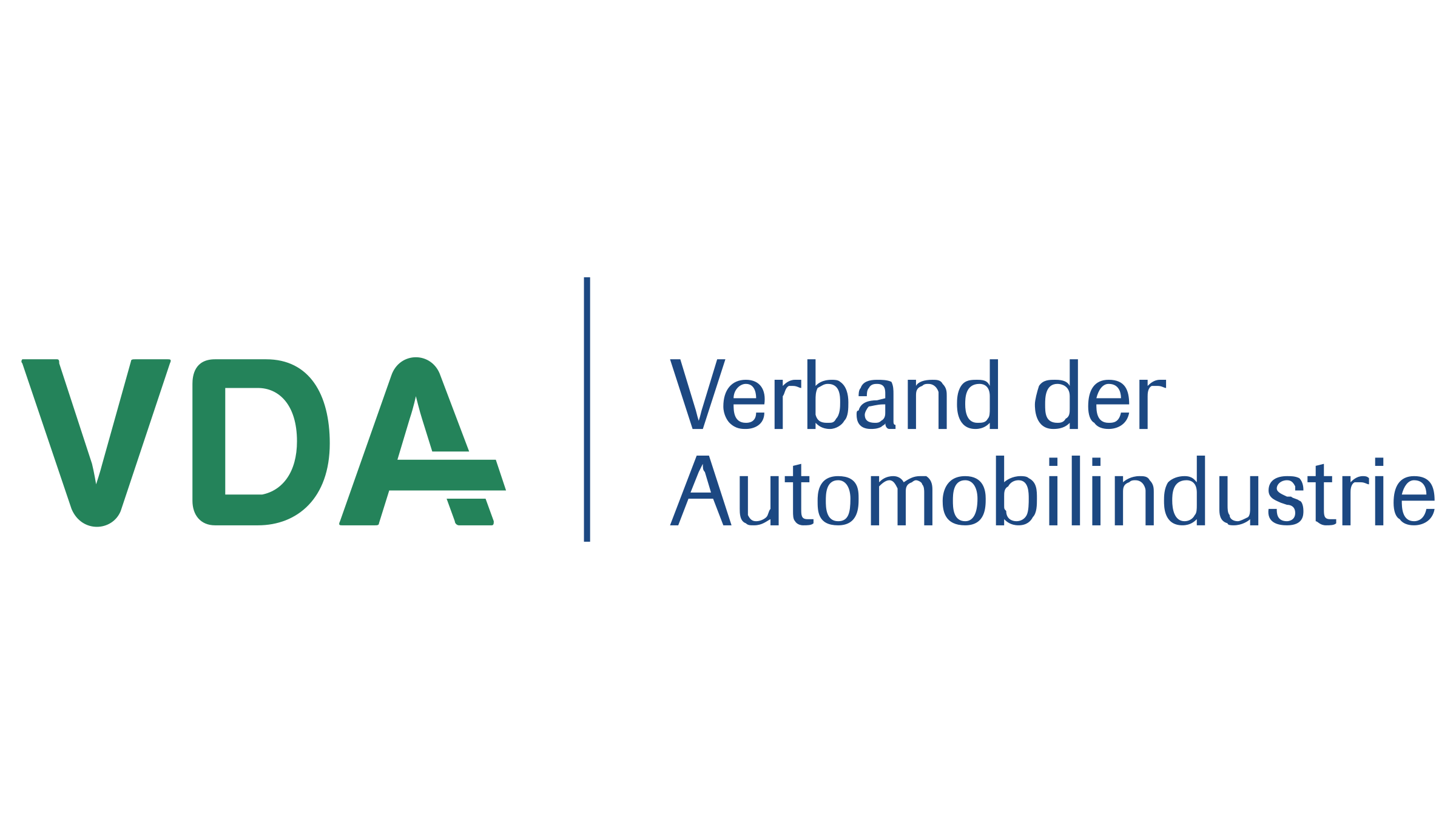Table of contents

VDA 6.3 is one of the quality management systems standards developed by the German Association of the Automotive Industry (Verband de Automobilindustie – VDA).
The VDA itself is a German member-based organization representing Germany’s largest car and car parts manufacturers including Mercedes-Benz Group; Porsche; Daimler, Audi, Continental, Bosch & BMS. This organization is made up of 15 departments covering a wide range of disciplines. Some of these include communication & media, legal and compliance; standardization and regulations, and the quality management center (QMC).

VDA QMC aims to promote and improve quality management in the German auto industry. Ultimately ensuring ongoing compliance with the requirements of the International Automotive Task Force (IATF) and the Automotive Industry Action Group (AIAG). In doing so, it expanded on the requirements specified in ISO 9001 – suitable for any organization – and the IATF’s IATF 16949:2016 Quality Management System standard – specific to the automotive industry – and established the VDA 6.x series of standards for the German automotive industry.
How Does VDA 6.3 Relate to the VDA 6.x Series of Standards?
The VDA 6.x series is a quality management system standard for the automotive industry and its supply chain. It is comprised of 6 parts:
VDA 6.1:2016 – QM System Audit – Serial Production is relied on for 1st, 2nd, and 3rd party internal quality system audits for companies that primarily produce tangible products.
VDA 6.2: 2017 – QM System Audit – Service relates to the design and implementation of a QM system for service organizations.
VDA 6.3:2016 – Process Audit is employed for evaluating and improving controls in process elements of the automotive manufacturing process.
VDA 6.4: 2017 – QM System Audit – Production Equipment assesses the quality of production tools, machines, and equipment supplied to and used in the automotive industry. It is also implemented to evaluate the relationship between equipment suppliers and their automotive industry customers.
VDA 6.5:2020 – Product Audit – Guidelines determine the effectiveness of quality assurance and the capability of the production process through the examination of products and/or parts. This section verifies whether a product complies with the given specifications and/or special customer/supplier agreements.

30+ Audit and inspection checklists free for download.
What Does VDA 6.3 Cover?
VDA 6.3 is a guide for auditors and outlines the certification requirements for process-based audits and for evaluating controls in the manufacturing process. The internal analysis process focuses on customer satisfaction with customer-specific requirements. With this focus, the standard outlines the relevance and importance of
- audit scope
- audit phases
- audit process
- criteria for evaluation of the process audit
- audit results
- and the requirements of the set process.
The standard correlates to the process audit requirements stipulated by ISO 19011 and IATF 16949:2016 Part 1 and will typically employ potential analysis and failure mode effects analysis (fmea).
VDA 6.3 applies to automotive manufacturers and suppliers to them. Certification/registration is a mandatory requirement for Tier 1 and Tier 2 suppliers of products to German automobile manufacturers, and the OEM supply chain in the German auto manufacturing industry. It is a key tool for supplier management in the industry.
The VDA 6.3 certification audit is scored with automatic disqualification for certain nonconformities and where minimum requirements are not met in the production process.
To become a certified VDA 6.3 auditor, an auditor must complete VDA 6.3-specific auditor training while also meeting the strict auditor qualifications.
Tools for Conducting Process Audits
Product quality and compliance with quality management system standards are necessary for the manufacturing industry but critical in the automotive sector. Ensuring this quality and compliance is achieved through regular, planned, and in-depth process audits.
VDA 6.3 is widely recognized as a preferred manufacturing process audit standard and using software solutions to aid process auditors and internal audits can significantly improve process control, product quality, QMS compliance, and ongoing certification.
Solutions for VDA 6.3 process audits should provide the tools to:
- Define audit scope
- Define audit phases
- Define audit processes, process elements, and questionnaires, and
- Establish the criteria for evaluating audit results and the requirements of the processes
You may also be interested:
Keeping Quality High: The Benefits of a Layered Process Audit



